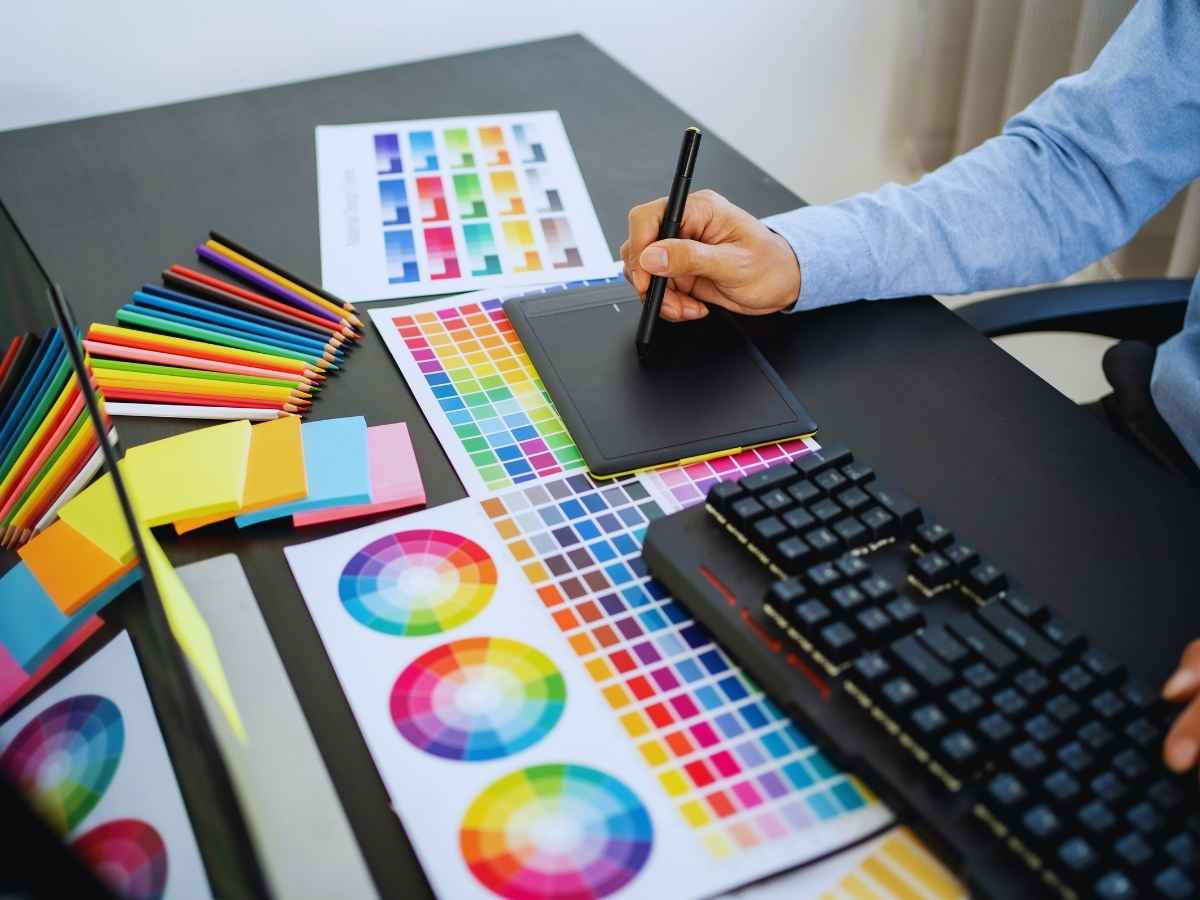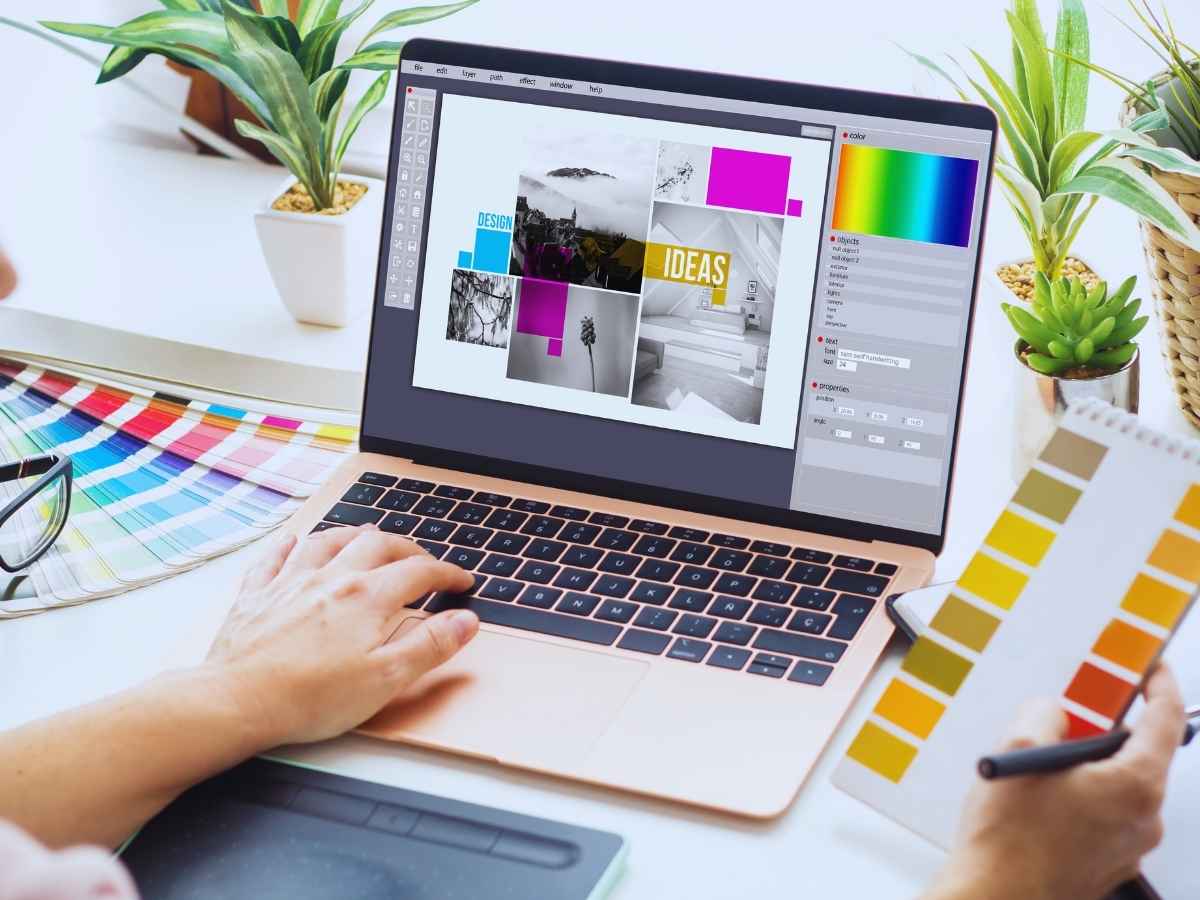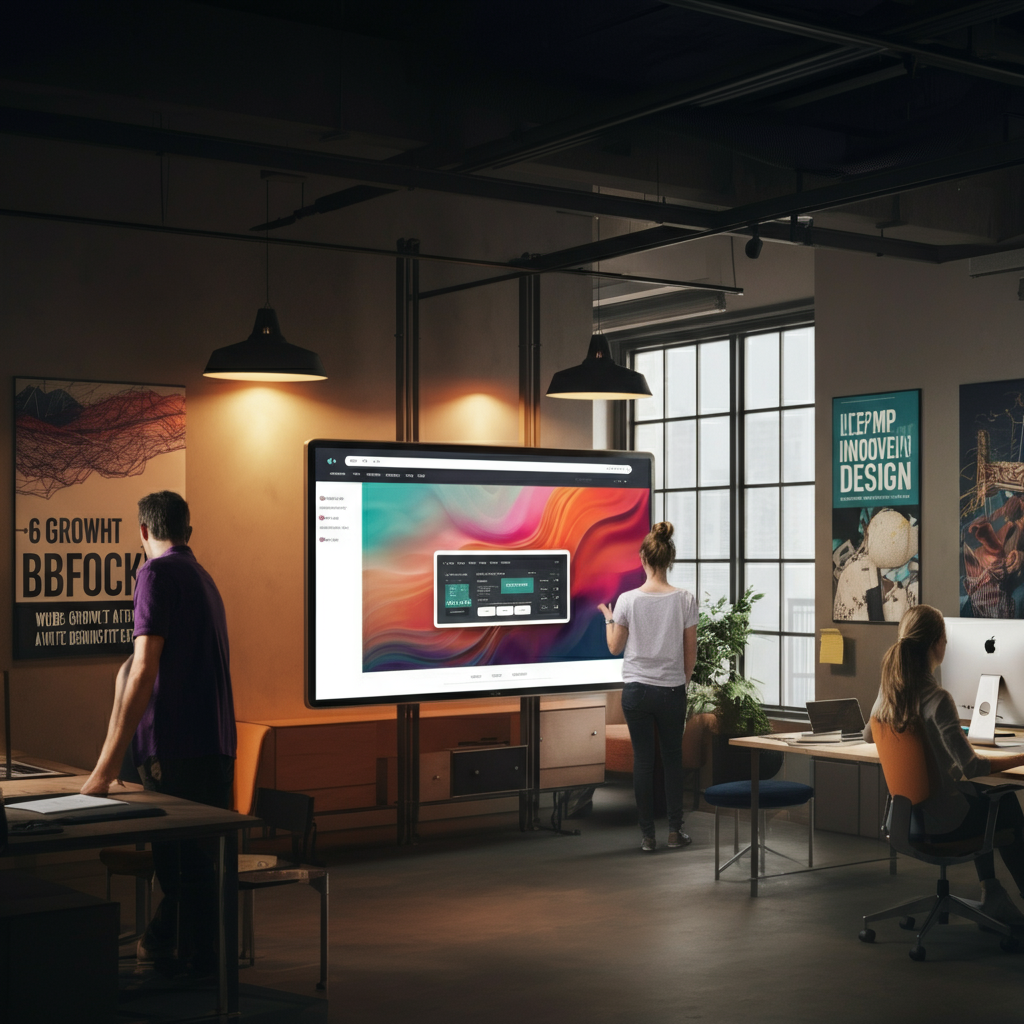Your small business is more than just a company. It’s your brand, your story, and your promise. But how do you set yourself apart in a crowded marketplace? The answer is simple yet powerful: graphic design.
According to research, businesses that invest in professional design see up to a 33% increase in revenue. Why? Because good design doesn’t only make things look pretty; it builds trust, creates memorable first impressions, and fosters brand recognition. For small businesses, having an impactful visual identity can mean the difference between blending in or standing out.
This guide will help you master the fundamentals of graphic design for small businesses, whether you’re starting from scratch or refining your existing brand. You’ll learn DIY tips, affordable tools, and key design principles to take your business visuals to the next level.
Understanding the Basics of Graphic Design
What Is Graphic Design for Small Businesses?
Graphic design is the art of combining images, text, and ideas to communicate a message visually. For small businesses, it means more than just aesthetics. It’s about creating a cohesive brand identity that resonates with your target audience. Every logo, flyer, social media post, or business card you create tells a story about your business.
Why Does Graphic Design Matter?
Graphic design is your first point of contact with potential customers. It impacts how they perceive your business in a matter of seconds. Here’s why it matters:
- Trust and Credibility: Poor design can make your business appear unprofessional. On the other hand, polished, consistent visuals build trust and establish credibility.
- Brand Recognition: A well-designed logo or consistent color scheme creates a lasting impression.
- Customer Engagement: Effective visuals capture attention and encourage interaction, whether it’s a social media post or a website homepage.
Takeaway: For small businesses, investing in good design—even on a budget—is essential for building a brand that stands out.

Key Elements of Graphic Design for Small Businesses
Logo Design Tips
Your logo is the face of your brand. It should encapsulate your company’s mission and values in a single glance. Think of iconic logos like Nike’s swoosh or Apple’s apple. Simple, memorable, and timeless.
Tips for Designing a Great Logo:
- Keep It Simple: Avoid overcomplicated details. A simple design is easier to recognize and scale.
- Be Relevant: Use imagery, colors, and fonts that reflect your industry and values.
- Ensure Scalability: Your logo should look great on anything from a business card to a billboard.
Tools for Beginners:
- Canva (free and user-friendly)
- Hatchful by Shopify (easy logo creation)
- Looka (AI-powered logo design)
Typography for Small Businesses
Typography is more than just choosing a “pretty font.” It’s about how your text communicates your brand’s personality.
Typography Tips:
- Limit Font Use: Stick to two or three fonts for consistency.
- Match Your Brand Personality:
- Serif fonts (e.g., Times New Roman) convey professionalism and tradition.
- Sans-serif fonts (e.g., Arial) feel modern and clean.
- Script fonts add elegance but should be used sparingly.
- Ensure Readability: Fonts need to be legible across different formats and screen sizes.
By using consistent typography, you’ll make your business look polished and cohesive.
Creating a Cohesive Brand Identity
The Power of Color
Colors do more than make things look good. They evoke emotions and shape how customers perceive your brand. For example:
- Blue suggests trust and professionalism (think Facebook, LinkedIn).
- Red evokes passion and excitement (think Coca-Cola, Target).
- Green represents growth and health (think Starbucks, Whole Foods).
Tips for Choosing Colors:
- Stick to 2-3 main colors for your palette.
- Use online tools like Coolors or Adobe Color to explore harmonious schemes.
Maintaining Brand Consistency Across Channels
Imagine seeing one version of a business logo in red on Instagram and green on their website. It would create a disconnect, right? Consistency is key.
Consistency Checklist:
- Use the same colors, fonts, and style across your website, social media, and print materials.
- Create a “style guide” to define your visual rules.
By presenting a unified image, you help customers remember and trust your brand.
DIY Graphic Design for Small Business Owners
You might think professional graphic design is out of reach without a big budget. The good news? It doesn’t have to be.
Easy Tools for DIY Design
- Canva: Great for creating polished social media posts or printed materials.
- Crello: Offers thousands of animated templates.
- Visme: Perfect for presentations and infographics.
Design Tips for Non-Designers
- Stick to templates. Platforms like Canva offer pre-made, customizable designs.
- Focus on simplicity. Don’t overcrowd your visuals with too much text or imagery.
- Follow the rule of thirds. Divide designs into three equal parts for balance.
By following these tips, you’ll create amazing graphics without needing to be a professional designer.
Graphic Design for Social Media Posts
Social media is a visual-first platform. Eye-catching graphics can drive engagement and increase your reach.
Platform-Specific Design Tips
- Instagram:
- Use bright colors and bold text.
- Stick to square (1080×1080 px) or vertical (1080×1350 px) formats.
- Facebook:
- Focus on landscape images (1200×630 px).
- Keep text minimal to follow Facebook’s ad rules.
- Twitter:
- Text-heavy visuals perform well.
- Use high-resolution images (1200×675 px).
Visual Theme for Social Media
Choose a consistent theme for your social channels. For example:
- Use the same filters across all photos.
- Focus on a specific color palette.
This consistency reinforces your brand identity and makes your profile visually appealing.

Common Mistakes Small Businesses Make in Graphic Design
Avoid these pitfalls:
- Cluttered Designs: Too many elements confuse your audience. Simplicity is your best friend.
- Using Too Many Fonts: Stick to a limited number of fonts for cohesion.
- Ignoring Brand Identity: Ensure your visuals always align with your brand personality.
By avoiding these mistakes, your designs will look more polished and professional.
The Long-Term Benefits of Good Graphic Design
Building Trust and Recognition
Customers are more likely to trust a brand with consistent, high-quality visuals. Over time, this fosters loyalty and recognition.
Driving Sales and Engagement
Did you know that 65% of people are visual learners? Engaging graphics can capture attention and persuade customers to take action, ultimately boosting sales.
Start Designing Your Business Brand Today
Graphic design isn’t just decoration. It’s a critical tool small businesses can use to elevate their brand, attract customers, and grow their business. By understanding the basics, leveraging DIY tools, and applying the tips we’ve shared, you can create professional and effective visual materials for your business. With a little creativity and effort, you can design a brand that stands out from the competition and captures the hearts of your target audience.
Conclusion
Investing time and effort into your business’s graphic design can have a lasting impact on how your brand is perceived. Strong visual branding helps establish trust, build recognition, and create an emotional connection with your audience. Remember, your design choices reflect your business values and identity, so make them count. Start small, stay consistent, and never underestimate the power of thoughtful, well-designed visuals in driving your success.





